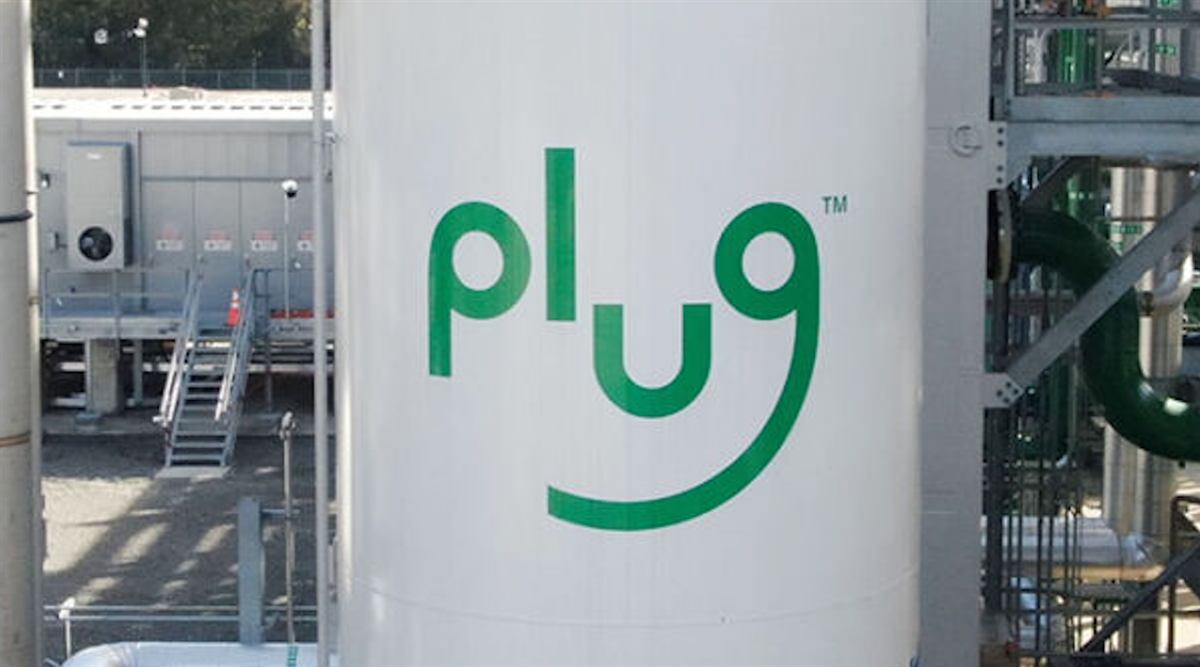GE Aerospace: Qatar Deal Fuels Multi-Billion Dollar Growth Engine

A multi-billion-dollar engine and services agreement between GE Aerospace (NYSE: GE) and Qatar Airways marks one of the aviation giant's largest widebody aircraft commitments to date.
It arrives at a pivotal moment for GE Aerospace, which has been newly streamlined as a standalone company and is intensely focused on the future of flight.
The implications are wide-reaching, offering a significant tailwind to its operations, financial trajectory, and long-term value proposition for shareholders.
The Nuts and Bolts of GE’s Deal
At the heart of the agreement with Qatar Airways is a substantial order for more than 400 of GE Aerospace's advanced jet engines.
This includes a commitment for 60 GE9X engines, the exclusive powerplant for Boeing's new 777-9 aircraft, and 260 GEnx engines, a popular choice for Boeing's 787 Dreamliner family. The order also encompasses options for additional units and a comprehensive inventory of spares.
Next-Generation Thrust: The GE9X and GEnx Advantage
The GE9X is the world’s most powerful commercial aircraft engine, delivering 10% better fuel efficiency than its predecessor, the GE90-115B. The GEnx engine family has logged over 62 million flight hours and powers about two-thirds of all Boeing 787s in operation.
Both platforms are certified to run on 100% Sustainable Aviation Fuel (SAF) blends—supporting aviation decarbonization goals and giving GE a clear advantage in a rapidly evolving aerospace landscape.
Why Services Are a Game-Changer for GE Stock
While the hardware grabs headlines, the real long-term value lies in the agreement’s extensive Maintenance, Repair, and Overhaul (MRO) contracts. These multi-decade service agreements generate higher profit margins than initial engine sales and offer recurring revenue for decades.
For GE Aerospace stockholders, this de-risks future cash flow and supports a more predictable earnings model over the life of the engines.
How GE's Focus and Strength Secured the Qatar Win
GE Aerospace’s success in landing a deal of this magnitude is no accident. It follows the strategic spin-offs of GE HealthCare (NASDAQ: GEHC) and GE Vernova (NYSE: GEV), which left the company wholly dedicated to aviation. Under the leadership of Chairman and CEO H. Lawrence Culp Jr., GE has sharpened its focus, allowing for more deliberate capital allocation and strategic execution.
In Q1 2025, GE Aerospace posted strong financials: $12.3 billion in total orders (up 12% YoY), $9.0 billion in adjusted revenue (up 11%), and a 60% jump in adjusted EPS to $1.49. The company ended the quarter with a sizable Remaining Performance Obligation (RPO) of $172.6 billion, providing high visibility into future revenue streams.
From Order to Earnings
The Qatar Airways agreement adds significantly to GE’s already industry-leading commercial engine backlog. Within the Commercial Engines & Services (CES) segment alone, RPO stood at $153.8 billion as of March 31, 2025. The deal contributes to future revenue not just through engine deliveries but through its high-value service contracts that will span decades.
It also supports GE's 2025 outlook, which includes low-double-digit adjusted revenue growth and operating profit guidance between $7.8 billion and $8.2 billion. Notably, CES services revenue rose 17% in Q1, a momentum the Qatar deal is expected to sustain.
The Qatar Deal Is A Strategic Win
Qatar Airways’ decision to go with GE9X and GEnx engines is a resounding endorsement of GE Aerospace’s technological innovation and operational reliability. It’s also a meaningful win in a competitive global market where Rolls-Royce (OTCMKTS: RYCEF) is a key rival.
Industry analysts view the agreement as a significant competitive victory and a strong signal of GE’s dominant position in the widebody engine space.
From Factory Floor to Flight Line
Fulfilling an order of this scale necessitates sustained and potentially increased production rates for the GE9X and GEnx engine lines. This operational demand aligns with GE Aerospace's recently announced plans to invest nearly $1 billion in its U.S. manufacturing facilities and technology throughout 2025.
This investment strategy, which includes hiring approximately 5,000 new employees, is geared towards enhancing production capacity, improving capabilities, and supporting the entire lifecycle of its commercial and military engines, directly enabling the execution of significant commitments such as the Qatar deal.
What the Qatar Deal Signals for GE’s Stockholders
For investors, the Qatar Airways agreement reinforces GE Aerospace’s strategy as a focused aviation leader. It brings improved earnings predictability, a critical asset in the cyclical aerospace sector.
The cash flow from this agreement backs the company’s capital return program, including its $0.28 quarterly dividend (targeting 30% growth in 2025) and a $15 billion share repurchase program. In Q1 2025 alone, GE repurchased $1.9 billion in stock, with plans to reach $7 billion for the full year.
Mega-deals like this one tend to lift analyst sentiment and market confidence by reducing uncertainty and highlighting the company’s competitive edge. Investors will closely track metrics such as RPO growth, services revenue, and segment margins to evaluate execution.
GE Aerospace: Powered by Partnership
This landmark agreement with Qatar Airways is more than a sales milestone—it’s a defining moment. It underscores GE Aerospace’s technological edge, competitive strength, and the long-term value of its integrated engine-and-services model.
As a standalone company, GE is demonstrating its ability to deliver large-scale, high-impact solutions that create lasting value for customers and shareholders alike.
Learn more about GE


